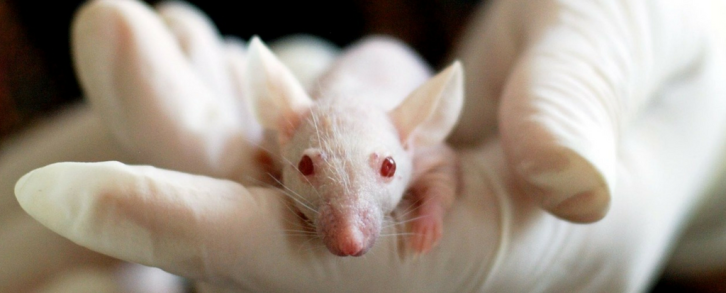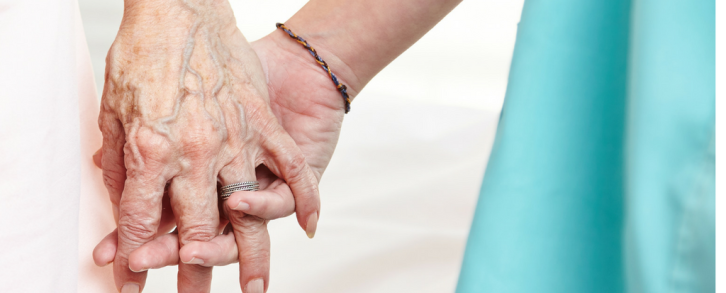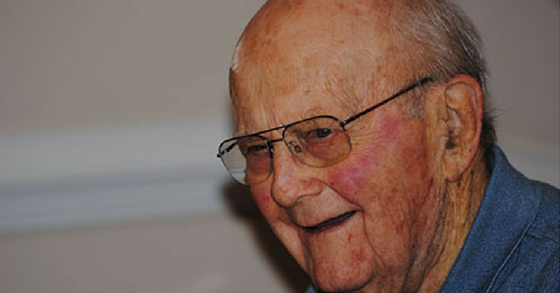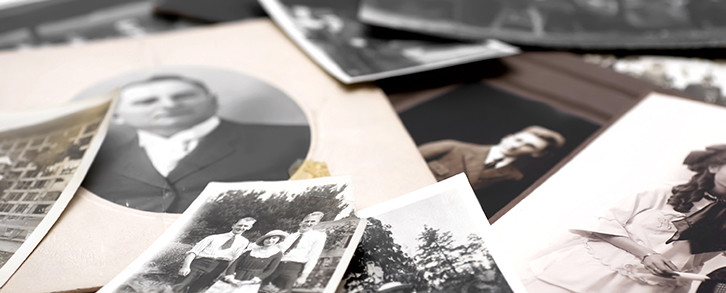Can Computer Use Protect Against Cognitive Decline?
By Meredith Kimple As technology evolves at a break-neck speed, we often hear cautionary reminders that we are becoming too reliant on our cellphones, tablets, and computers. While there is nothing wrong with encouraging us to detach from these objects, such warnings ultimately sell the truly […]
Read More






